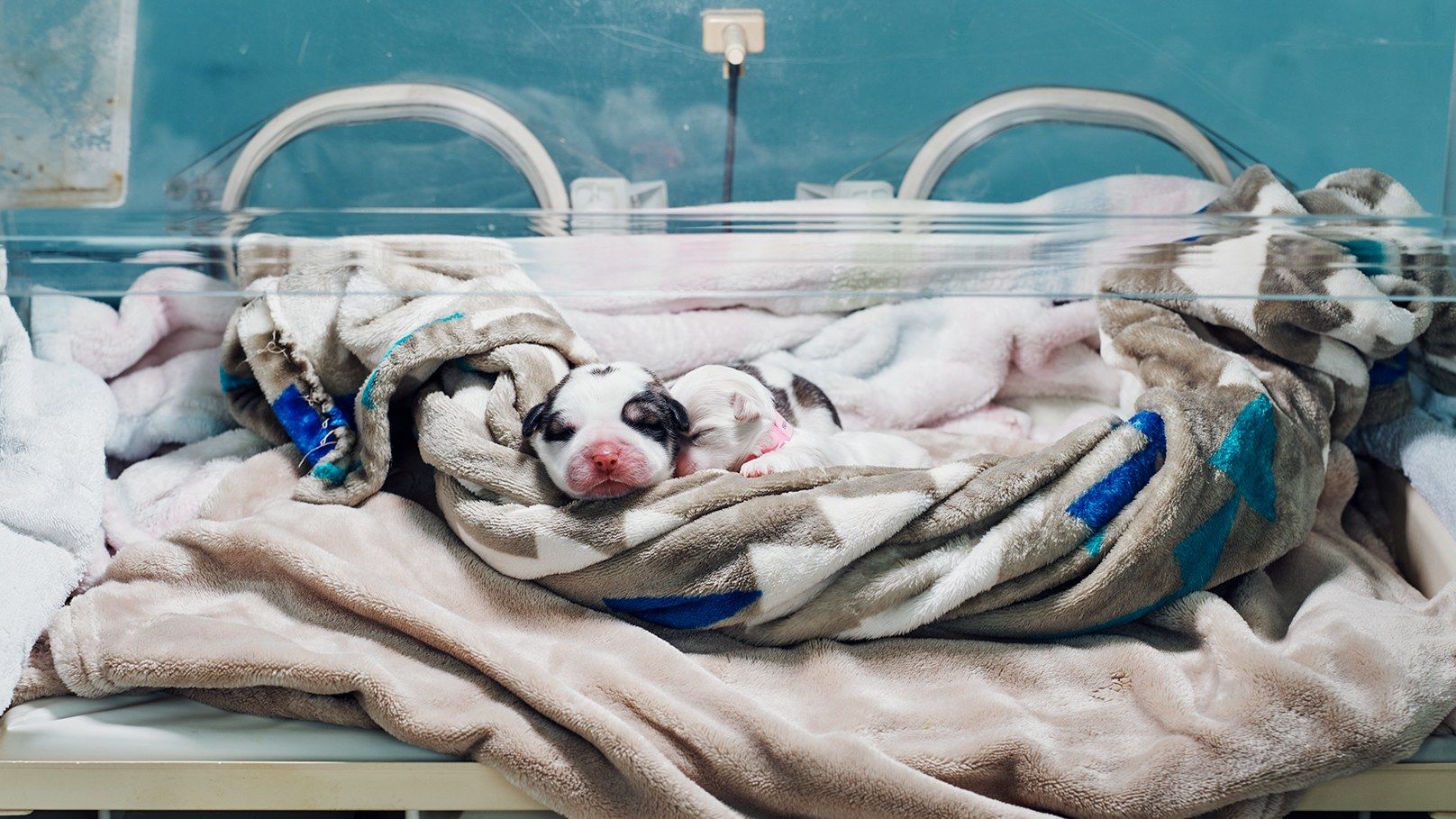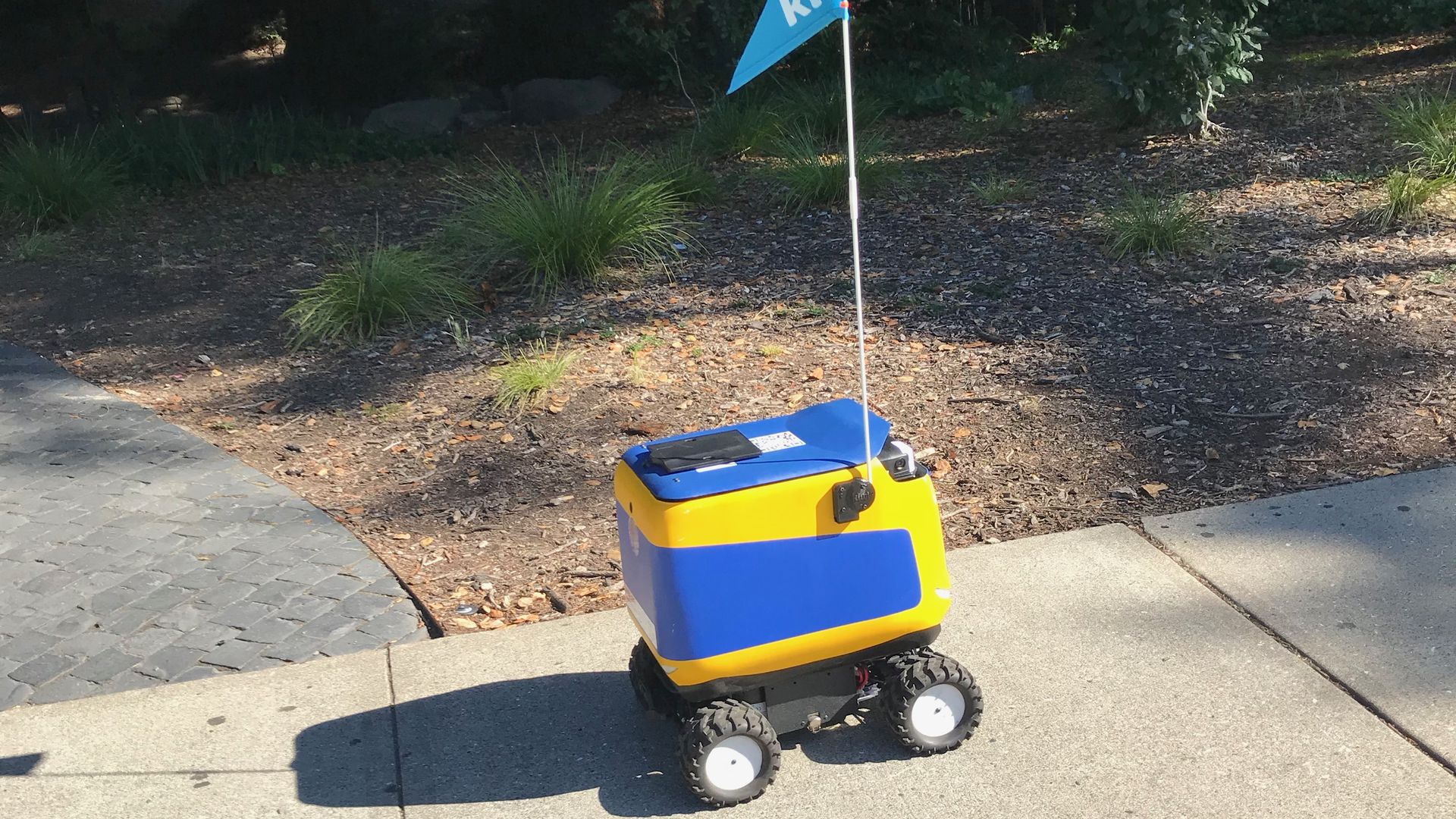The Department of Energy is betting big on a new technology to turn saltwater into freshwater.



As our organization grows and we are doing more and more things, there is an ever greater need for specialist knowledge and guidance to help inform our decisions as a company. We rely on the advice and expertize of both our scientific and business advisors and we have added to them this week with two new experts joining us.
 We are delighted to announce that Steven A. Garan has joined our scientific advisory board. Steven is the Director of Bioinformatics at the Center for Research & Education on Aging (CREA) and serves on its advisory board, and he is a researcher at the Lawrence Berkeley National Laboratory. While at the University of California, Berkeley, he played a major role in the invention and the development of the Automated Imaging Microscope System (AIMS), and he collaborated for many years with a group from Paola S. Timiras’ lab, researching the role that caloric restriction plays in maintaining estrogen receptor-alpha and IGH-1 receptor immunoreactivity in various nuclei of the mouse hypothalamus.
We are delighted to announce that Steven A. Garan has joined our scientific advisory board. Steven is the Director of Bioinformatics at the Center for Research & Education on Aging (CREA) and serves on its advisory board, and he is a researcher at the Lawrence Berkeley National Laboratory. While at the University of California, Berkeley, he played a major role in the invention and the development of the Automated Imaging Microscope System (AIMS), and he collaborated for many years with a group from Paola S. Timiras’ lab, researching the role that caloric restriction plays in maintaining estrogen receptor-alpha and IGH-1 receptor immunoreactivity in various nuclei of the mouse hypothalamus.
Steven was also the director of the Aging Research Center and is a leading scientist in the field of aging research. His numerous publications include articles on systems biology, the effects of caloric restriction on the mouse hypothalamus, and the AIMS. He is best known for coining the word “Phenomics”, which was defined in “Phenomics: a new direction for the study of neuroendocrine aging”, an abstract published in the journal Experimental Gerontology.
The brightest objects in space are powered by the darkest. #foodforthought

Aging (Albany NY). 2018 Jul 19;10:1666–1681. doi: 10.18632/aging.101500.
Latorre E, Torregrossa R, Wood ME, Whiteman M, Harries LW.
1University of Exeter Medical School, University of Exeter, UK.2College of Life and Environmental Sciences, University of Exeter, UK.

“In his brilliant book, Kai-Fu Lee applies his superpowers to predicting the disruptive shifts that will define the AI-powered future and proposes a revolutionary social contract that forges a new synergy between AI and the human heart.” – Marc Benioff, Chairman & CEO Salesforce.
“AI is surpassing human intelligence in more and more domains, transforming the planet. Kai-Fu Lee has been at the epicentre of the AI revolution for thirty years and has now written the definitive guide.” – Erik Brynjolfsson, professor, MIT, bestselling co-author of The Second Machine Age and Machine, Platform, Crowd
“Kai-Fu Lee is at the forefront of the coming AI revolution, helping us transcend the limitations of thought, reach, and vision. This seminal book on AI is a must read for anyone serious about understanding the future of our species.” – Peter Diamandis, Executive Founder, Singularity University; bestselling author of Abundance and BOLD.
When I think about our future, I cannot help myself but look upon the fictional universe of Star Trek. Not just because of their unabiding pursuit “to boldly go where no one has gone before,” but equally their philosophical measurement of their day-to-day lives.
As the U.S. government continues to impose xenophobic policies and attempts to militarize space, our future runs the risk of becoming something similar to the tyrannical (albeit fictional) entity known as the Terran Empire.

In Gwalior, a congested city in the centre of the India, an 8th-Century fort rises with medieval swagger on a plateau in the town’s heart. Gwalior Fort is one of India’s largest forts; but look among the soaring cupola-topped towers, intricate carvings and colourful frescoes and you’ll find a small, 9th-Century temple carved into its solid rock face.
This is ground zero for zero
Chaturbhuj Temple is much like many other ancient temples in India – except that this is ground zero for zero. It’s famous for being the oldest example of zero as a written digit: carved into the temple wall is a 9th-Century inscription that includes the clearly visible number ‘270’.

